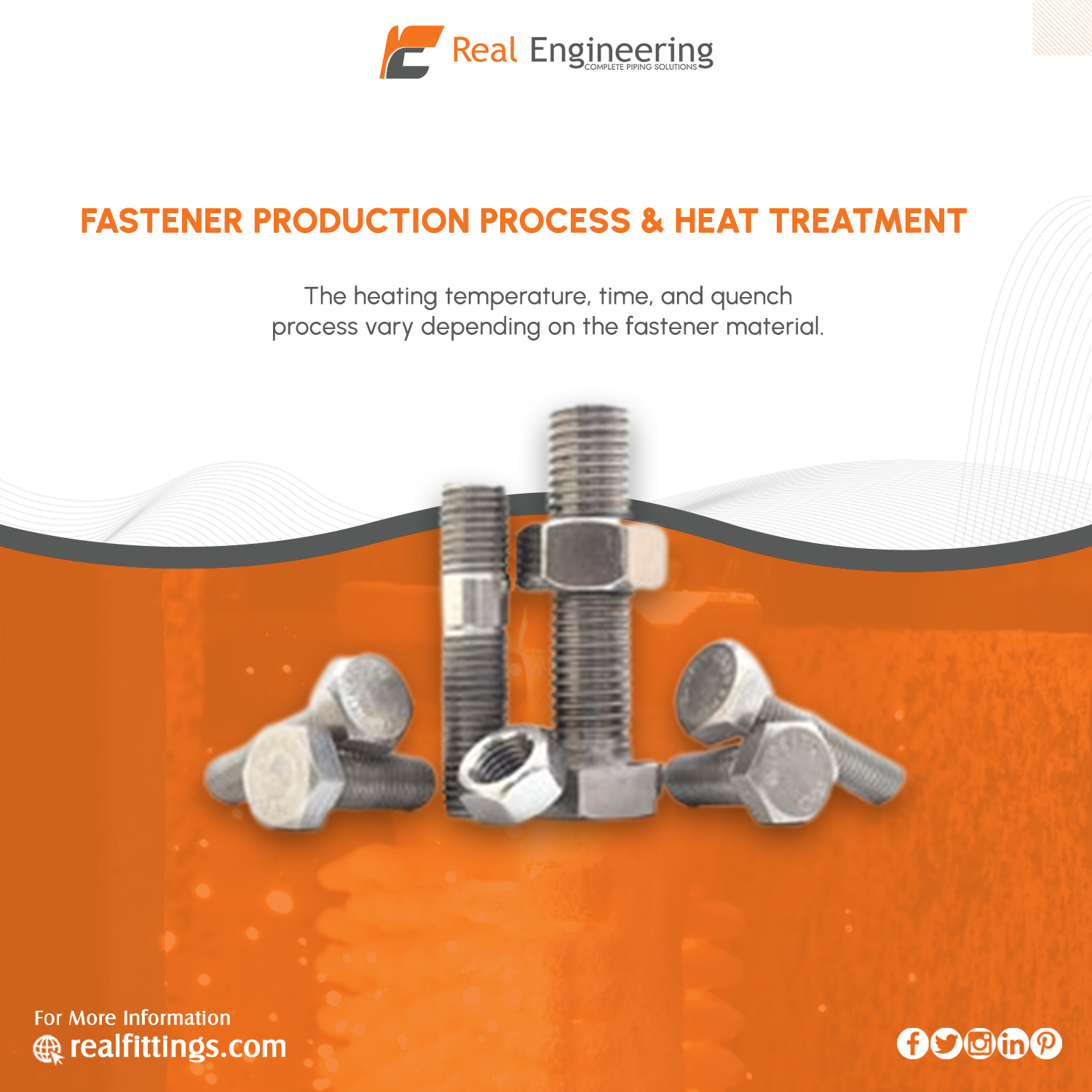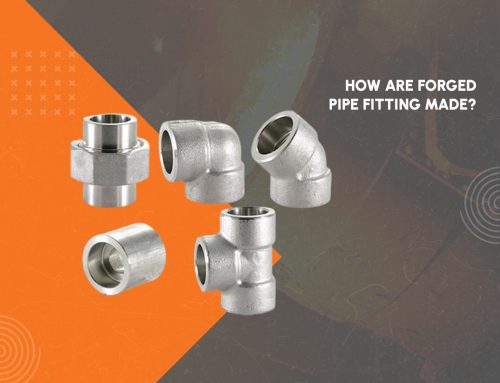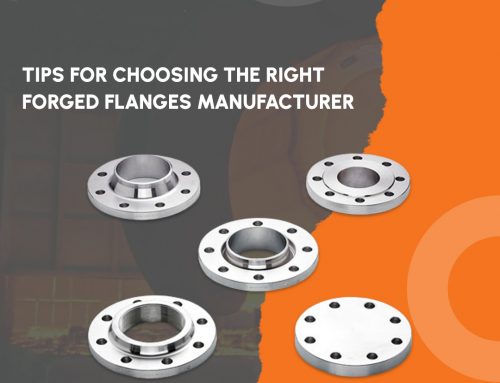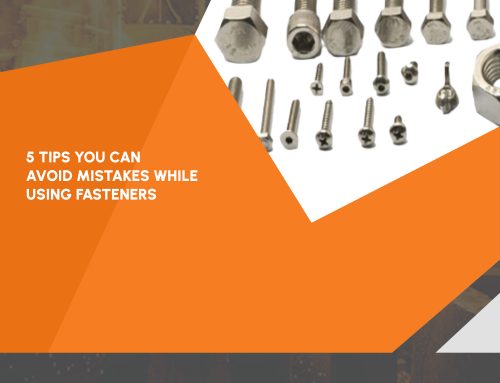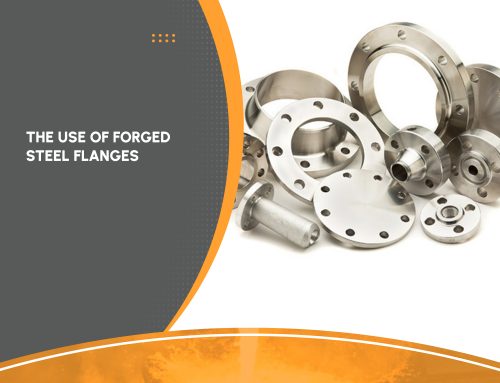Since the majority of fasteners have been treated with heat and treated, it is essential to know the different types of heat treatments that are used in the industry of fasteners.
It is vital to know that the treatment for heat-treated alloy and steel fasteners is different from the treatment for aluminum Fasteners Manufacturers in India. The temperature, duration, and process of quench vary based on the type of fastener used and the material’s desired properties, and the speed of production.
The heat treatment for fasteners can be classified into three groups steel, surface treatment for steel, and aluminum. The heat treatment process for steel will be discussed here.
The leading global player in Forged Pipe Fittings/Forged Fittings Manufacturers in India. Also, Alloy Steel Forged Fittings Carbon Steel Forged Fittings and Forged Stainless Steel Fittings Suppliers from Mumbai, Rajkot.
Purchase high-quality Socket Weld Fittings and Threaded Fittings from one of the most renowned ISO certified companies in India. Many of the most renowned Forged Fittings Manufacturers in India and also a supplier of premium forged fittings within India.
The Treatment of Steel for Heat Fasteners
Annealing
Subcritical annealing is a process of annealing steel when stress relief annealing is done upon the base material to decrease stress, allowing the material to re-crystallize.
It alleviates the strains created by cold work, increases toughness and ductility, and creates an ideal microstructure. This process takes place under the lower temperature that the product is at, which is typically between 540-650degC.
The process involves heating the material to the temperature desired and then soaking in the desired temperature for a specific amount of duration, then cooling generally to temperatures of room temperature.
Normalizing
Normalizing can also be applied to raw material and takes place at around 19-38 degC over the upper limit of steel’s critical temperature. Similar to annealing and normalizing, normalizing is the process of heating to the temperature desired and then soaking in the desired temperature for a certain amount of time, then cooling down to ambient temperature.
Tempering
Tempering occurs following the process of quenching the hardening process. It eases internal stress that is created during the process of hardening. Tempering converts the structure to martensite that is both ductile and hard but not hard and brittle.
A little hardness is lost, and toughness increases and it resulting in a significant improvement in properties. Tempering can also increase the resistance to shock and decreases the strength of the tensile to the desired degree. The process of tempering fasteners takes place at various temperatures, based on the steel type and the desired hardness and strength.
Hydrogen Embrittlement Relief
Hydrogen embrittlement is caused by electrochemical treatments for surfaces like plating. Hydrogen in its atomic form is absorbed into the molecular structure of steel and causes microcracks to develop, which leads to mechanical failure.
This can be prevented by heating the steel at temperatures between 177 and 221 degrees Celsius for between 8 and 24 hours. It is crucial to begin the baking process as quickly as possible following plating. In other words, the hydrogen could be completely absorbed within the steel lattice which will prevent it from baking out.
It is typical to start the baking process after three hours of plating, but some manufacturers recommend a time limit of 1 hour. Because of the nature of hydrogen as well as the lattice of steel, stronger steels are more prone to the effects of hydrogen embrittlement.
A fastener is an item of hardware that connects two or more objects. The Fasteners Manufacturers in India can be used to create non-permanent joints that can be taken apart or removed without causing damage to the parts that are being joined.
Read more: Production Process of Fasteners
